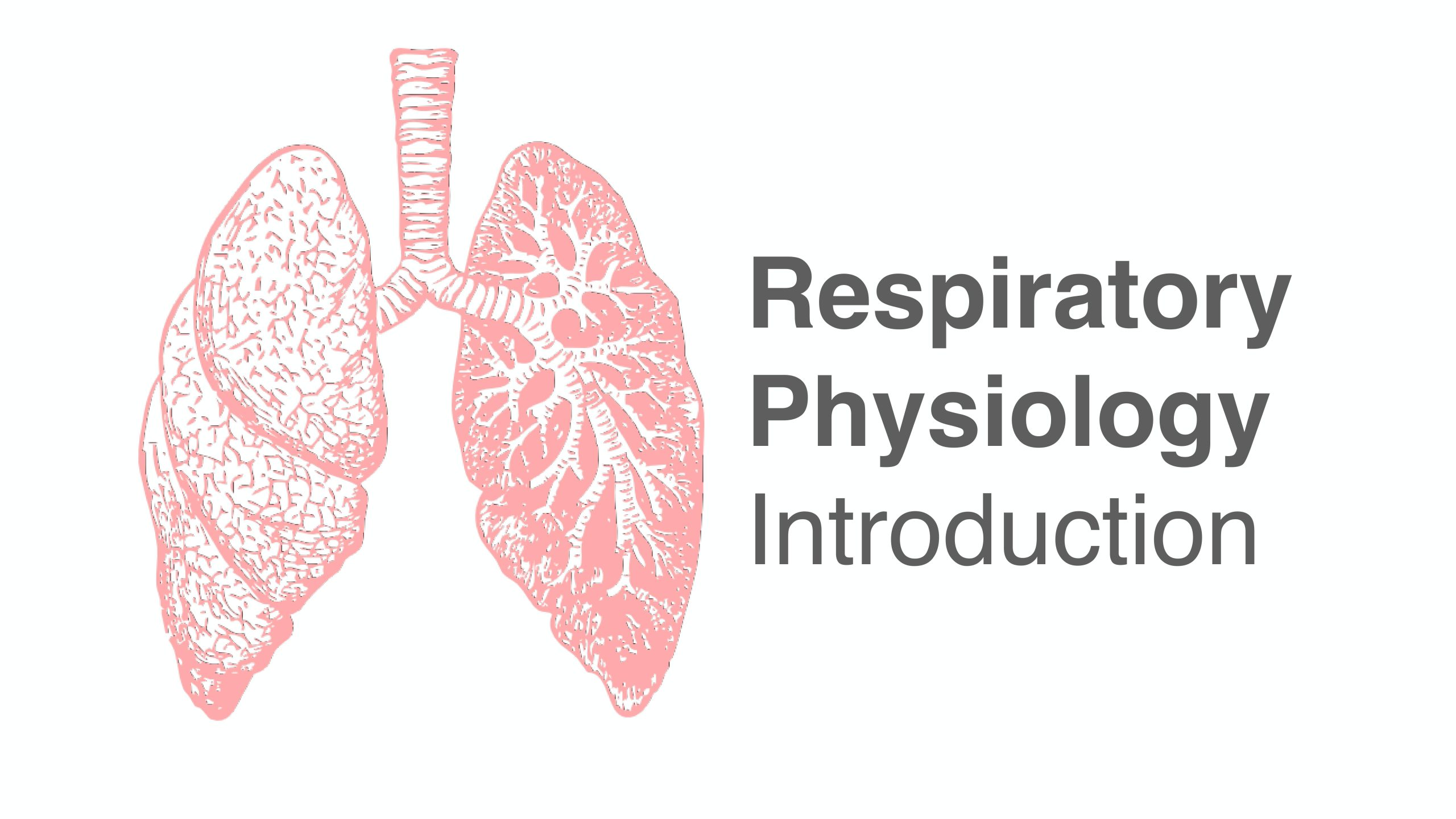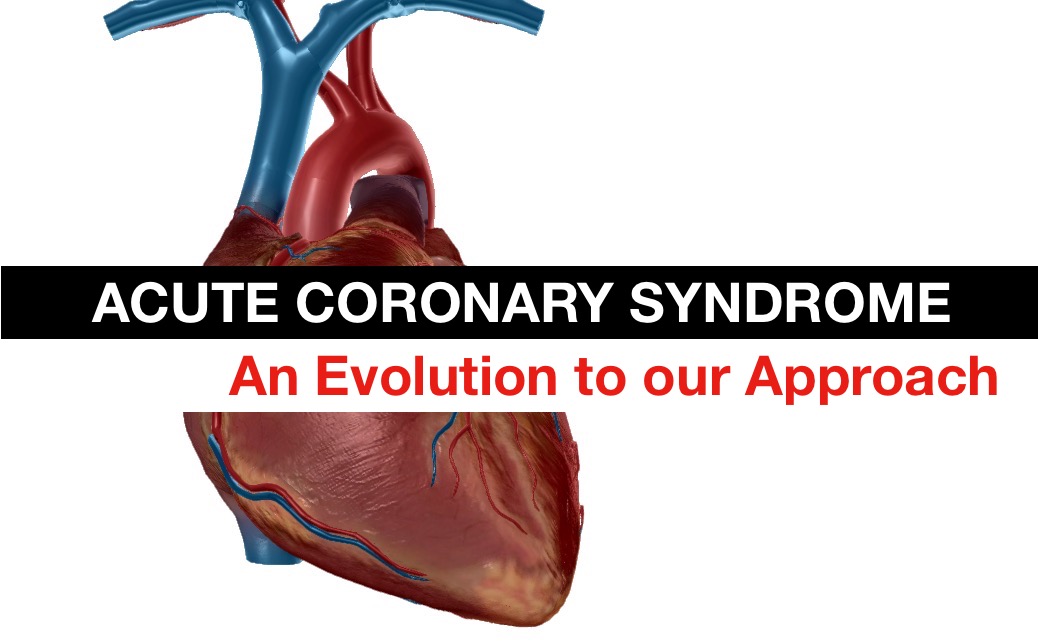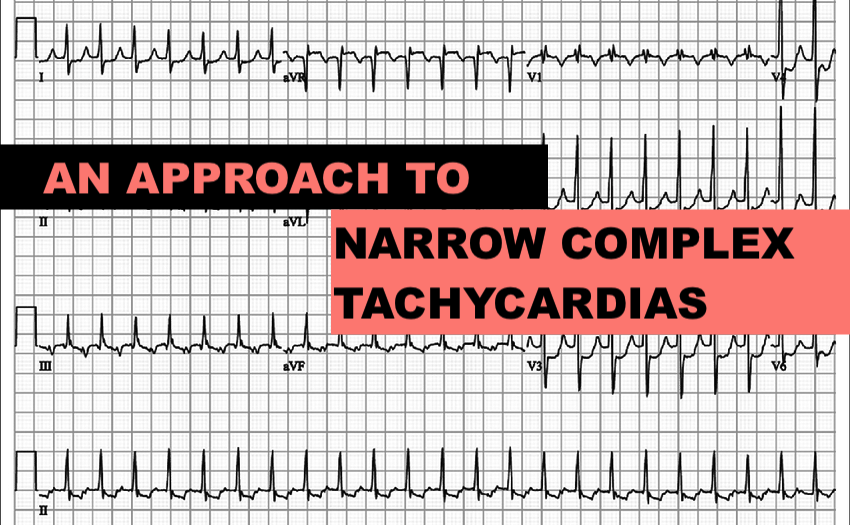Topics
-

1. Respiratory Physiology Introduction
Brief note:I spent last year working with anaesthetic and critical care colleagues as part of my Emergency Medicine training. During this time, I gained a new appreciation for the application of physiology to clinical practice, and the usefulness of first-principles learning, for example, in altering ventilation settings in critically unwell patients. One particular anaesthetic consultant…
-

Acute Coronary Syndrome; an Evolution to our Approach (OMI/NOMI)
Our current paradigm (STEMI/NSTEMI) is failing us and our patients. This is a broad overview and discussion on why the current STEMI/NSTEMI paradigm is no longer fit for purpose. Although ST elevation is a vitally important ECG change to recognise, over-emphasis on this morphology risks missing many acute coronary occlusions, as we will see here.…
-

Narrow Complex Tachycardias
What do you do when you get handed an ECG with a rapid, narrow complex morphology? How do you interpret the aetiology, and how to manage it? We cover electrophysiology, recognition, and management of the main narrow complex tachycardias that you may encounter, including pSVT, AF, A flutter, and more.
